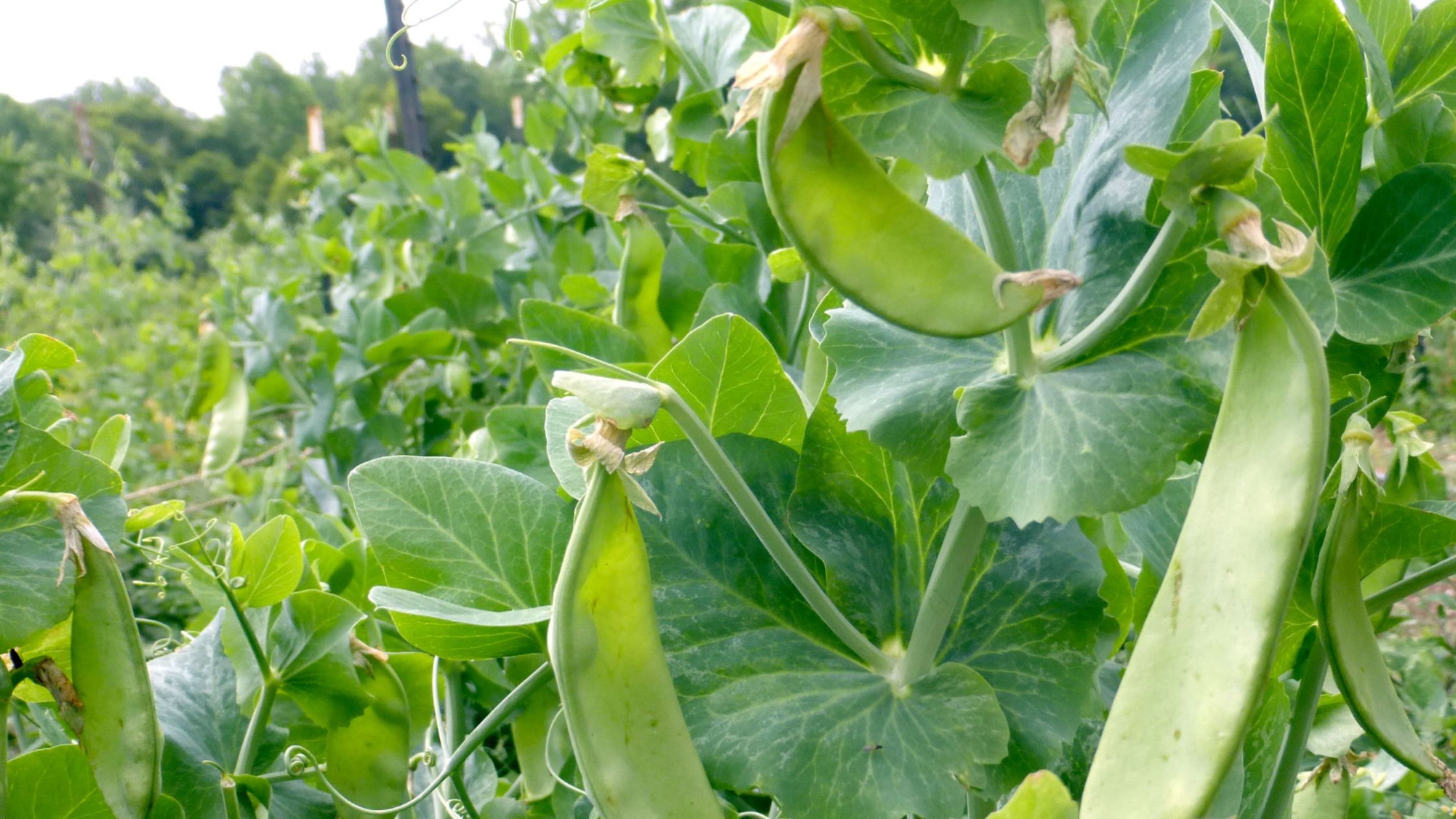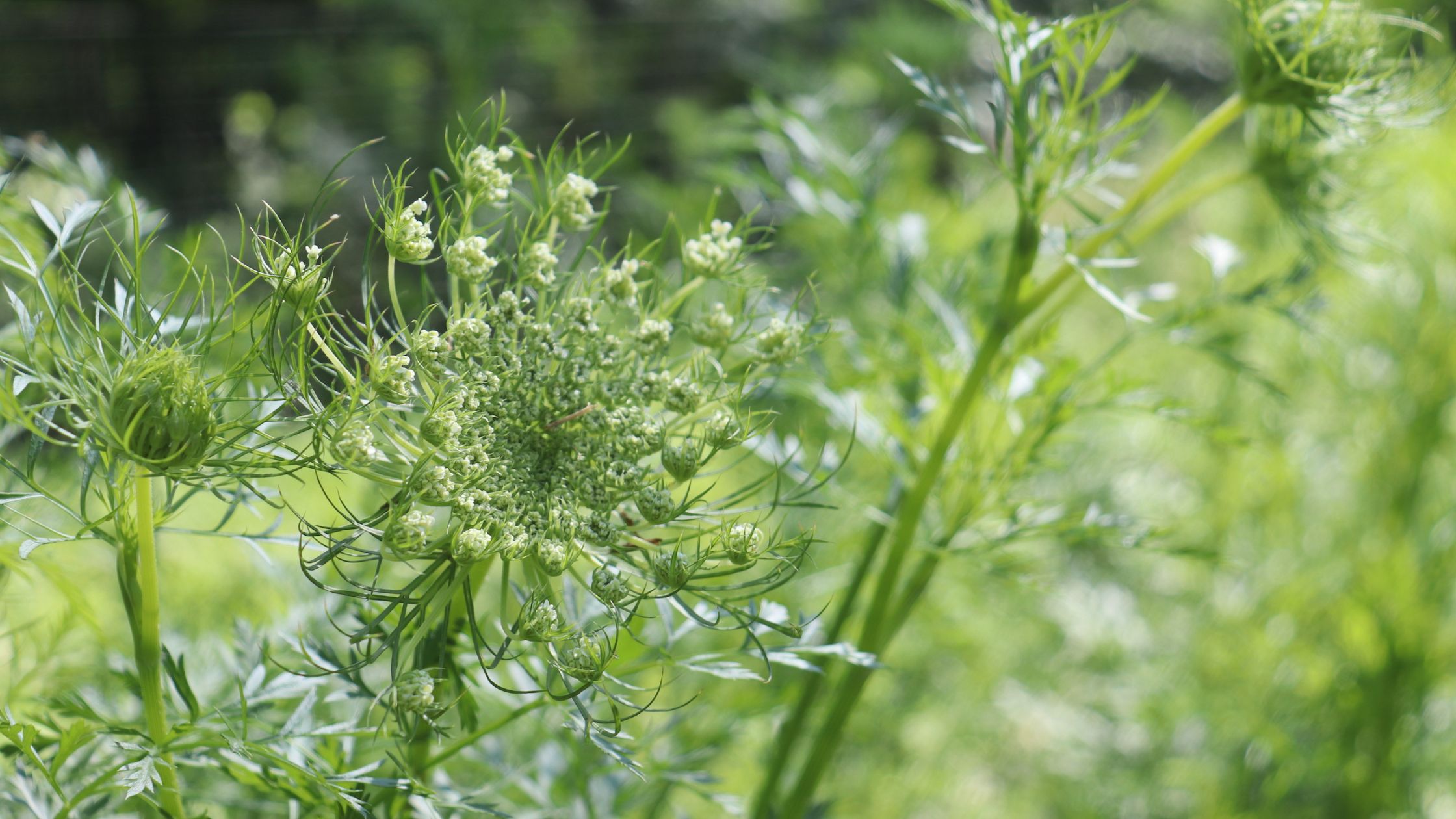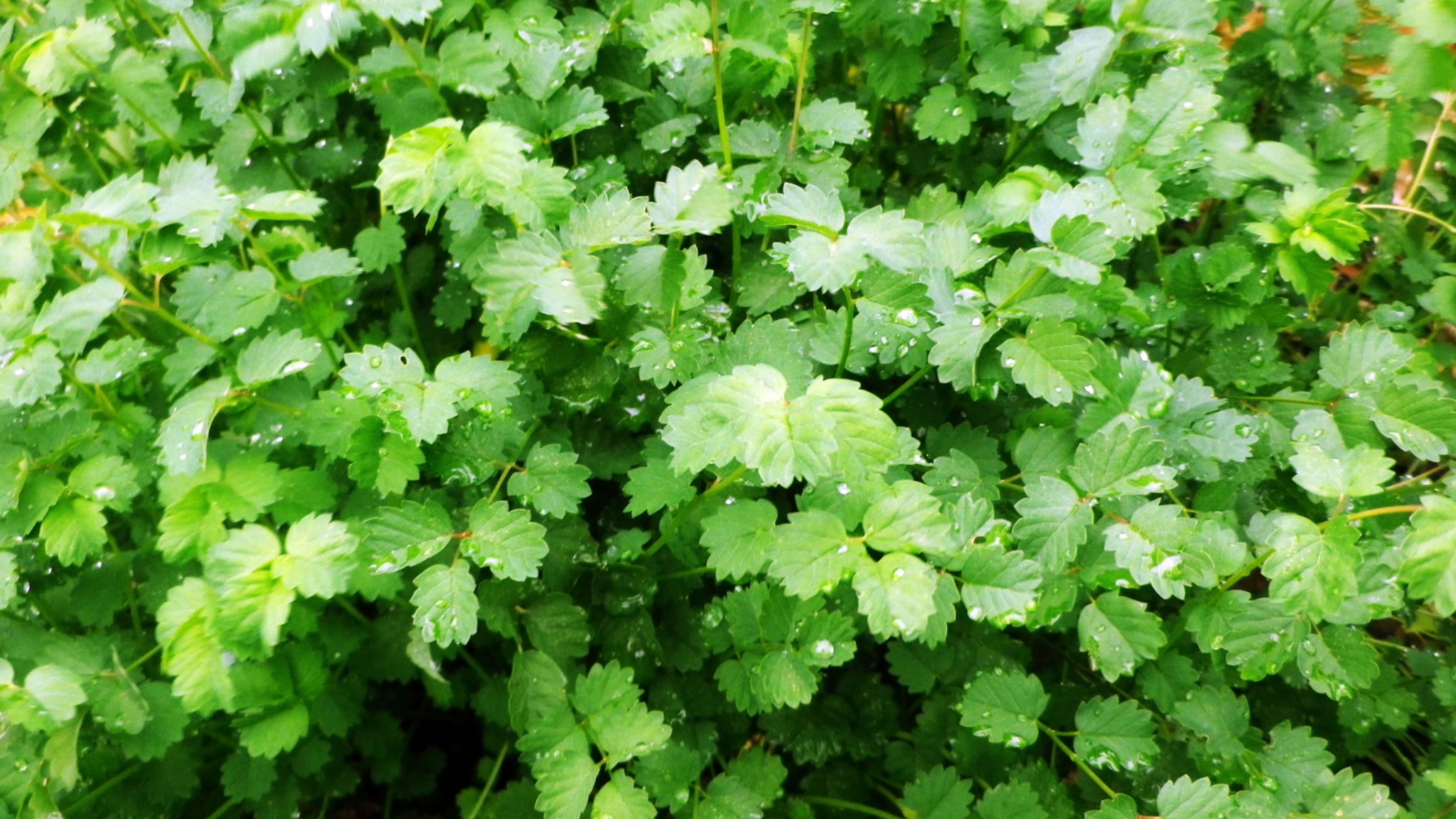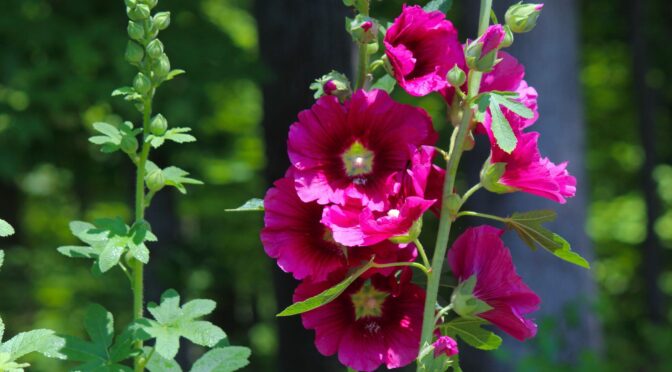There are many different groups we divide plants into, and when we’re new to gardening, these can get a bit confusing, especially when there is overlap. There are hybrids and open-pollinated varieties, herbaceous plants and shrubs, brassicas and nightshades, and culinary and medicinal herbs, to name just a few. One helpful distinction for gardeners and seed savers is annuals, biennials, and perennials. Today’s blog will cover these types of plants and what it means for your garden and seed-saving practice.
What’s the Difference Between Annuals, Biennials, and Perennials?
These three labels all refer to a plant’s life cycle. They help us determine how long the plant will live, when it blooms, and when it will produce seeds.

Annuals
As the name annual suggests, these plants complete their entire life cycle in just a single year. Many familiar garden crops are annuals, including vegetables like cucumbers, summer squash, corn, and beans; herbs like basil, dill, and cilantro; and flowers like sunflowers, zinnias, and cosmos.
Their life begins in spring with a seed that grows into a plant, flowers, and produces seed all before winter sets in. Some of these annuals may self-seed, meaning the seed they drop may come up the following season without replanting, but they do not truly overwinter.
Tomatoes are an excellent example of a crop we grow as annuals but are actually perennials. In their native range in South America and other tropical regions, tomatoes can be grown as a perennial.
Saving seed from annuals is easy and is what we recommend to beginning seed savers because you’ll get seed the first season.

Biennials
Biennials are similar to annuals because they have a specific, fairly limited life cycle. In their case, they complete their life cycle in two years. You’ve probably grown biennial plants without realizing it. Many root crops like onions, carrots, and beets are biennial as are cabbages, collards, and chard. There are also biennial flowers like hollyhocks, foxglove, and Sweet William and a few herbs like parsley.
Biennials begin their life as a seed and grow into a plant that overwinters. Some biennial plants die back a bit in the winter, while others remain evergreen. Many biennial crops require extra protection to survive the winter in our climate and other cooler climates. The following year they resume their growth when the temperatures warm. Then they flower and produce seeds.
Except for flowers, the biennial life cycle is generally ignored by all but seed savers. Most vegetable and herb biennials are best when you harvest them in their first year. Let a carrot or beet stay in the ground all winter, and it will be tough and woody in the spring as the plant takes store nutrients from the roots to produce flowers and seeds. Cabbages don’t form their characteristic heads the following year; instead, they reach for the sky with tall flower stems. To save seeds from biennial crops, you must be prepared to overwinter them.

Perennials
Perennials are simply plants that live longer than one or two years. In gardening, the word perennial is also often used to describe herbaceous perennials like rhubarb, asparagus, salad burnet, and daffodils. However, the term perennial also applies to woody shrubs and trees you may add to your garden, like roses, apple trees, and blueberry bushes.
Some perennials may begin flowering and producing fruit and seed in their first year of life. Others, like apple trees, may need to grow for several years before flowering.
While they’re generally a more significant investment of time and money, perennials continue to give year after year. Often, folks will use perennial plantings as the backbone of flower gardens, adding just a few annuals around them each season.
Sometimes we save seeds from perennial crops like rhubarb and asparagus, but many perennials are often propagated from root divisions or cuttings.
As we become better informed about the plants we’re growing, we can make better choices for our gardens. Knowing the difference between annuals, biennials, and perennials can help you create a flower garden that always has something blooming or save seeds from your favorite vegetables and herbs.

